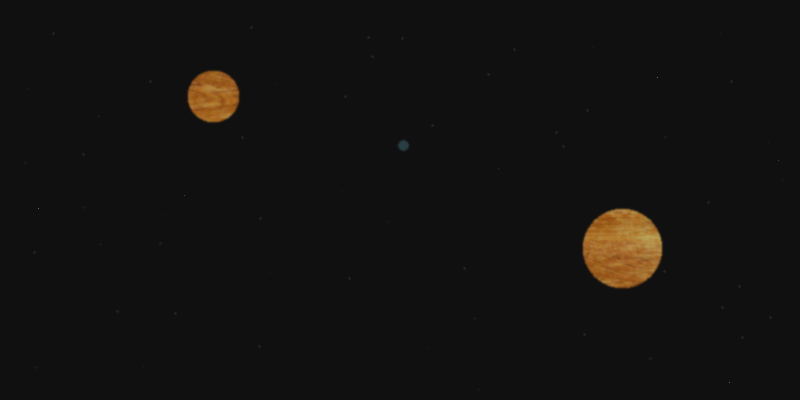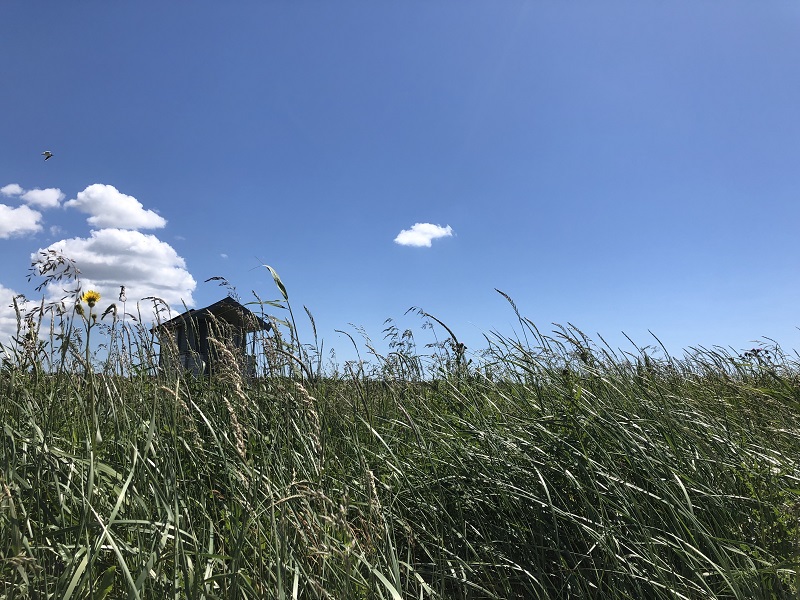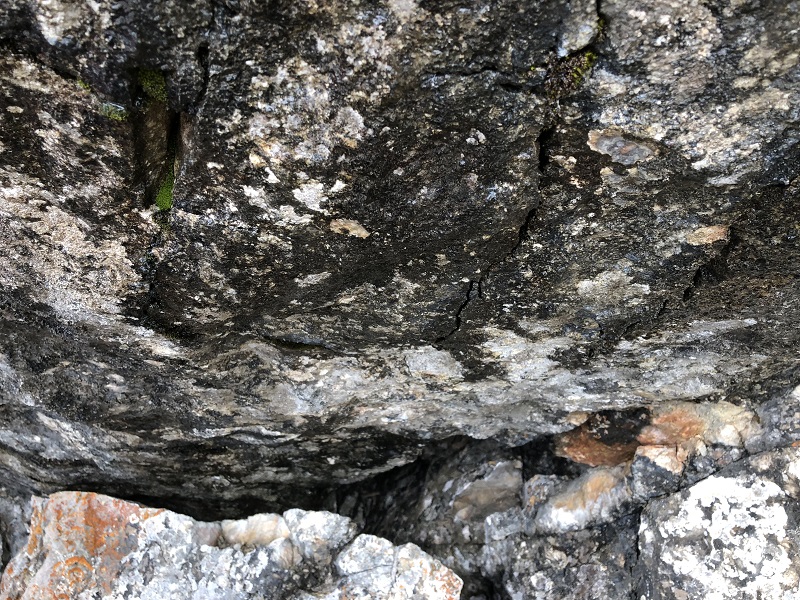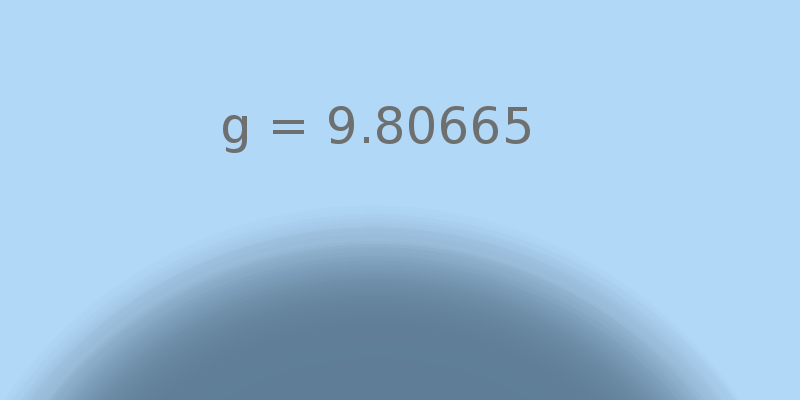Three-body system and life in Universe
Three-body system and life in Universe. In 2002-2003 I actually created an own idea, a situation where we can see different relation between stars and planets. It is a situation where we can see three heavenly bodies together, in harmony.
As an author and owner of this magazine, I have decided to write a reportage about possible life on another planets. I also want to describe a system that I have been thinking a lot about. It does not have to be a planet in our solar system. We have different exoplanets as possible candidates. There are many of those but not everyone can be the right one.
(More about those you can find at : Exoplanets – does anyone live there? )
In 2002-2003 I actually created an own idea, a situation where we can see different relation between stars and planets. It is a situation where we can see three heavenly bodies together, in harmony. Those are 2 stars and one planet between them. What about some scientific point of view?
So, I decided to contact a scientist. After some time I found a solar scientist from NASA, from Marshall Space Flight Center on Internet. My hope was to get a professional opinion and explanation about how big or small chances for some kind of life on another planet are. I presented my thoughts and mentioned the situation that I write about here.
My idea was not rejected!
I was very surprised about reaction that I got from this scientist. She did not reject me and my thoughts about this Three-body system.
Because of different rules from NASA I will not do citation or mention the name of this scientist just to avoid some possible misunderstanding.

In the situation I presented we can say that all prerequisites on the planet are fulfilled. (Those are e.g. temperature, g-power, distance to the Sun, water and oxygen.) The planet is similar to ours but it has 2 stars and does not revolve around any of them.
(You can try to imagine e.g. 2 Suns like the one we have, but on opposite sides.)
Because of the attraction power (gravitation power) from those 2 stars, the planet probably can not revolve around any of them. Therefore it is probably somewhere in the middle whole time. That means that the planet has daylight and almost constant temperature whole time. It maybe rotates around it self, but maybe not. In that case it is because of the attraction power from those 2 stars.
Full daylight that I just mentioned is not on the whole planet because of its form. It is less light on the sides because it comes from other angle and not with full intensity.
If we think that we understand the situation described above, then we can go further on in this article.

Is it possible for some creatures similar to us, our animals and our plants to exist there?
This question is somewhat within the confines of this scientist’s specialty, but we can say that it still takes a lot of speculations. According to the result of my communication with the scientist, a planet must be orbiting in some fashion. Otherwise it would not be a part of the system. It would not be gravitationally bound and it would leave the system.
Actually, the three-body "problem" that is described above is a very complex one. Problem or not, my idea became directly connected to the Alpha Centauri system which is a real, concrete and existing system that is discovered.
The two main stars are Alpha Centauri A and Alpha Centauri B, which form a binary pair. Then we have Proxima Centauri (red dwarf) which is closest to us, except our Sun. Astronomers have been trying to find planets around Proxima Centauri for more than 15 years and now when they have found one they can say that it is in the star's habitable zone. That is just the right range of distances where liquid water can exist.
The information about this new planet was announced in 2016. That is very interesting since it is something that reminds me on the planet that I was thinking about already in 2002-2003.
A red dwarf is the smallest and coolest kind of star. They are the most common type of star in our galaxy, at least in the neighborhood of the Sun.
(More about Alpha Centauri system you can read at:
https://www.space.com/18090-alpha-centauri-nearest-star-system.html and https://www.livescience.com/55868-closest-earth-like-planet-proxima-b-discovered.html )
Is Mars good for comparing to?
Through my communication with this scientist I also got a very good response about life when talking about and comparing to Mars.
For humans, other animals, and plants to survive on Mars, we need a habitat that can provide the proper pressure of air and some sort of protection against cosmic rays and solar radiation. So, if a planet around another star has the right environment and enough time, it is possible that life similar to what we find on Earth could exist there.
So that is almost exactly what I mentioned in my description: "All prerequisites are fulfilled". But can everything be fulfilled on a planet that does not rotate or revolves around a star?

Gravitation and centrifugal force
The gravitational power g is a combined effect of gravitation and the centrifugal force according sources on the Internet. That would mean this:
If a planet does not rotate and if its g is at similar level as ours, then life can exist without rotation.
What about temperature, distance to the Sun, water and oxygen? If we say that the distance to the Sun is little bit longer than in our case, then we can say that the temperature could be like on our planet because of 2 stars in the system. The temperature that we have is proven to be the right one that is needed by different kind of life forms and therefore their existence is possible.

Water and oxygen automatically exist if there is an atmosphere like on our planet and if the planet has similar experience like our Earth in its history.
We know what is important for life and how life develops from start to end. Therefore if the planet from my thoughts is similar to ours then we could find some life form even if the planet does not rotate. It does not mean that life form like humans and animals can be developed there, but plants could have a chance. Everything depends on what circumstances we have.
Can a planet stop rotating if it is between two stars?
My curiosity became bigger so I wanted to find something more. According to a researcher at the German Aerospace Center a planet theoretically can stop rotating.
The rotation is caused by the conservation of angular momentum. This parameter can only be changed by external forces and it is theoretically possible that a stellar object is subjected to a force, which erases its angular momentum.
(Source : https://www.researchgate.net/post/Can_a_planet_or_star_exist_without_rotating_on_its_axis)
So, if we correctly understand this explanation, it is possible.
A planet can stop rotating. But it is impossible to say for how long. The Universe is dynamic and probability of seeing a non-rotating planet for a long time is not so big I guess.
Do we, humans, animals and plants need day/night and season changes?
Humans have adapted to lesser/greater amounts of light. But we do have a circadian rhythm, which is roughly the rotation rate of our planet, approximately 24 hours. This would mean that life form like the one on our Earth maybe can not exist on a planet that does not rotate and has 2 stars that send light whole time. On the other side, if only light is something that deviates from right and needed amount, then life can find a way of adapting to that.
Do we, humans, animals and plants need temperature changes?
Humans are not so dependent on temperature change via seasonal changes, but other animals are and certainly plants need temperature changes. So if we have a planet with two stars, full time light and almost constant temperature whole time, then we can say that this also is something that can create problems for life. On the other side, if we have wind that can affect the temperature then there are some possibilities for life anyways. Life could adapt there as it has been adapted to dark, deep and cold oceans on our planet.

Are we dependent on rotation of our planet?
According to the solar scientist we are. That does not mean that life form as we know it really needs rotation. Rotation affects the g power but since g is a combined effect of gravitation and centrifugal force that comes from rotation then we can say that we (our life form) can exist without rotating if we have right g power. If we plan to move to Mars then it means that we can adapt us to g power there. It is less than our planet.
We can draw a conclusion now and it is that I am happy with this article. It makes me proud of it because something that I was thinking about a lot has now got a place in this magazine. Who knows, maybe within some years we can see or read more about a Three-body system like this one.
Back to the to previous page
® All Rights reserved Justfindit.se Magazine 2014.